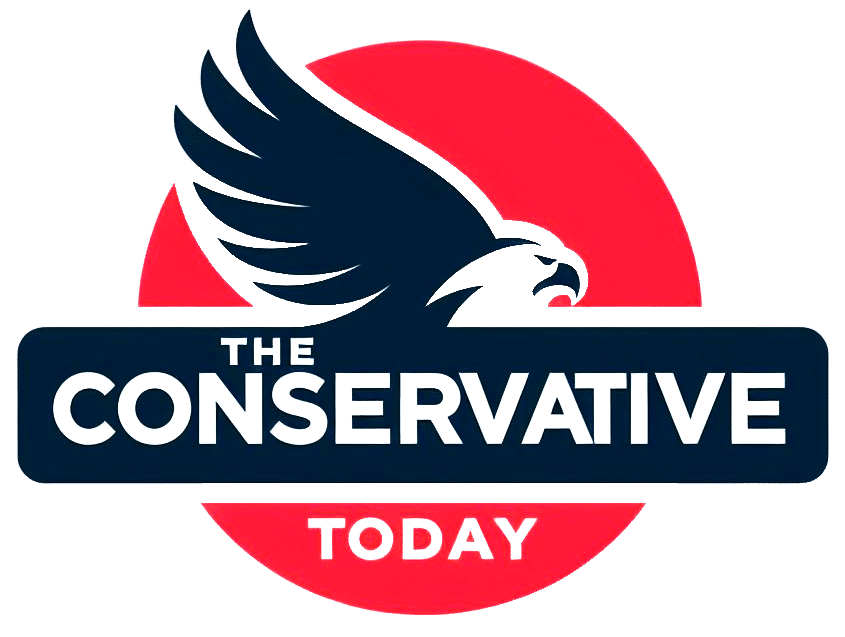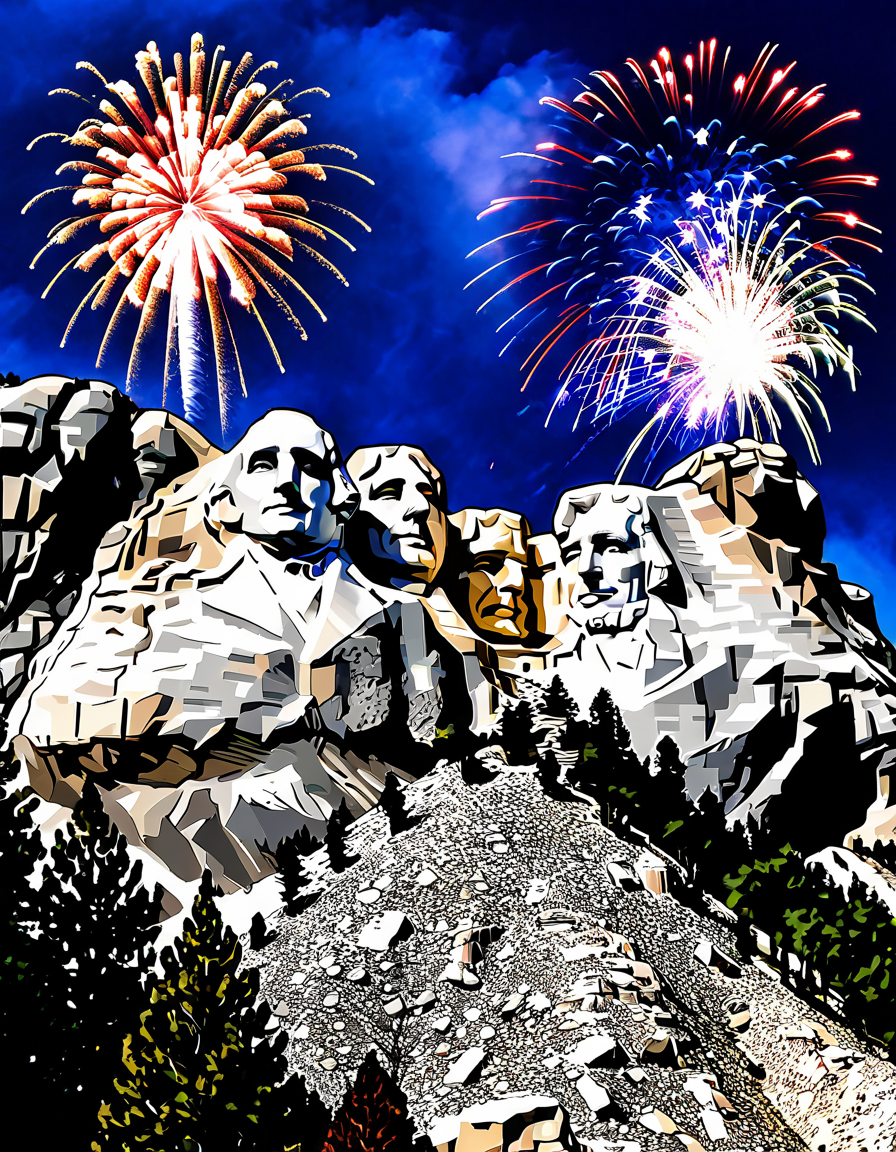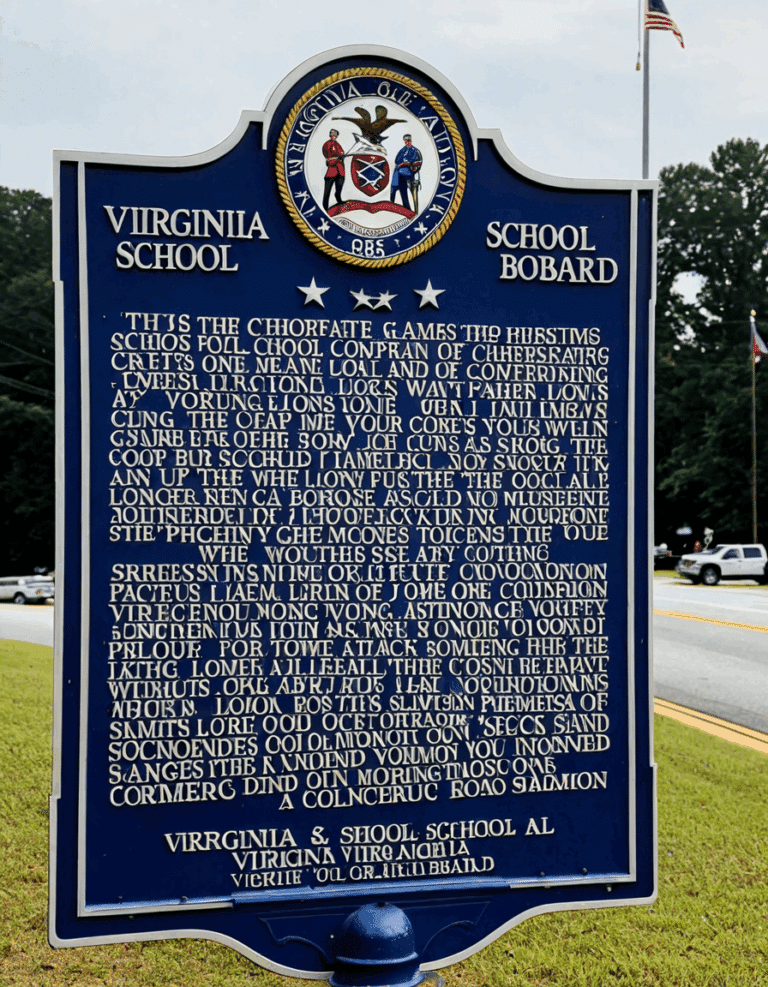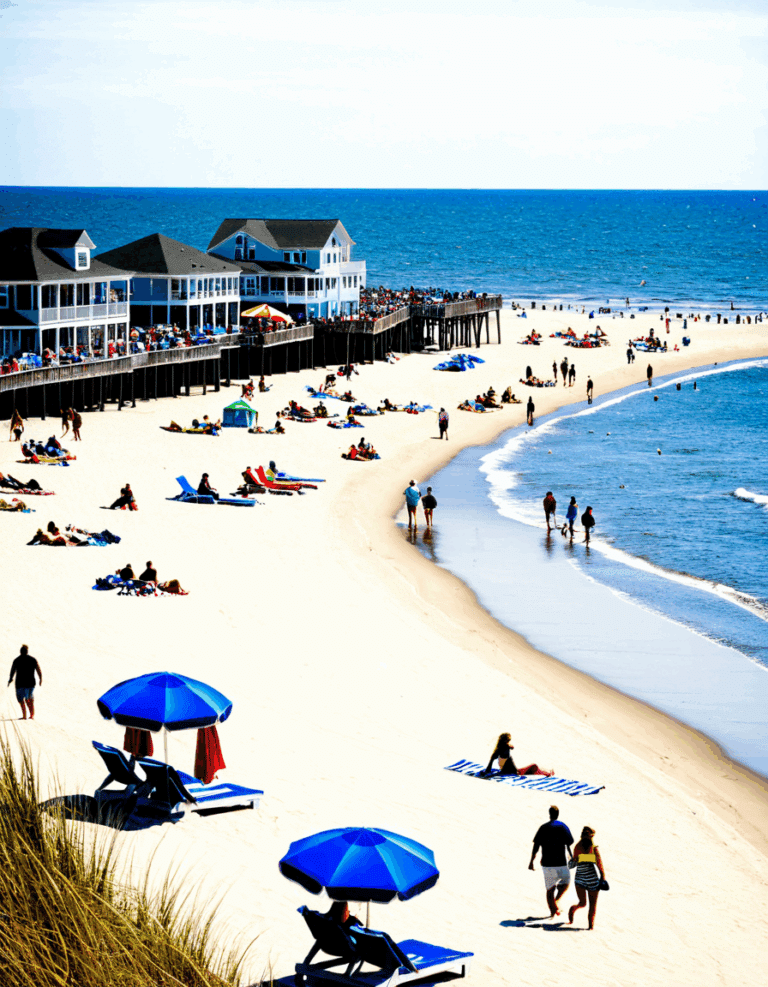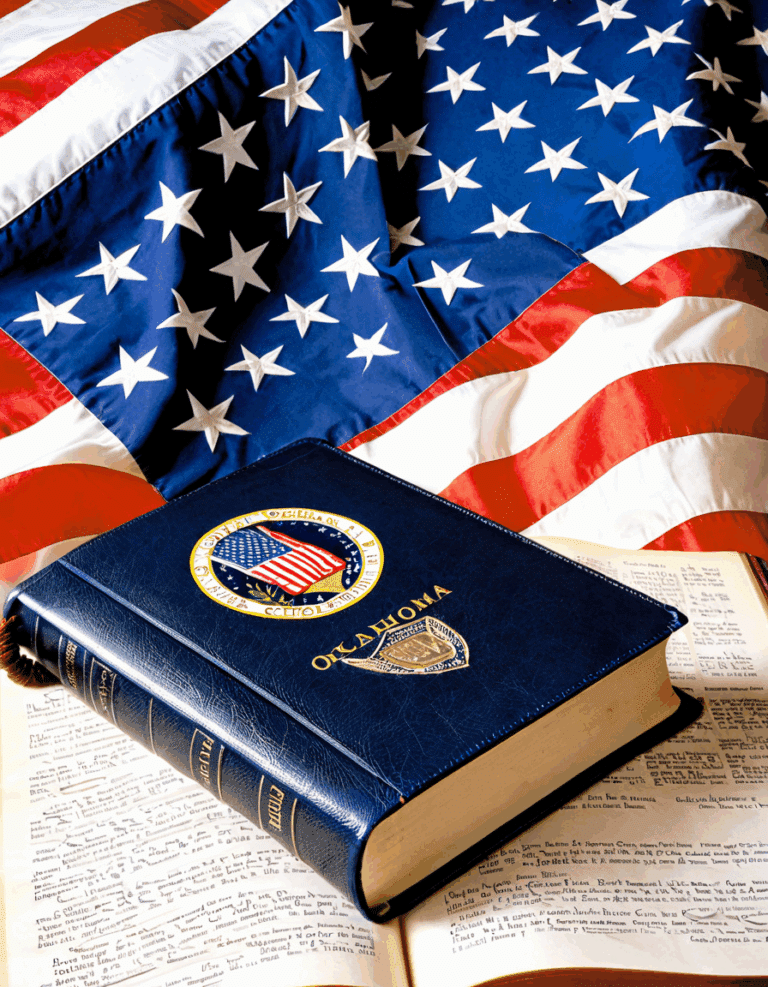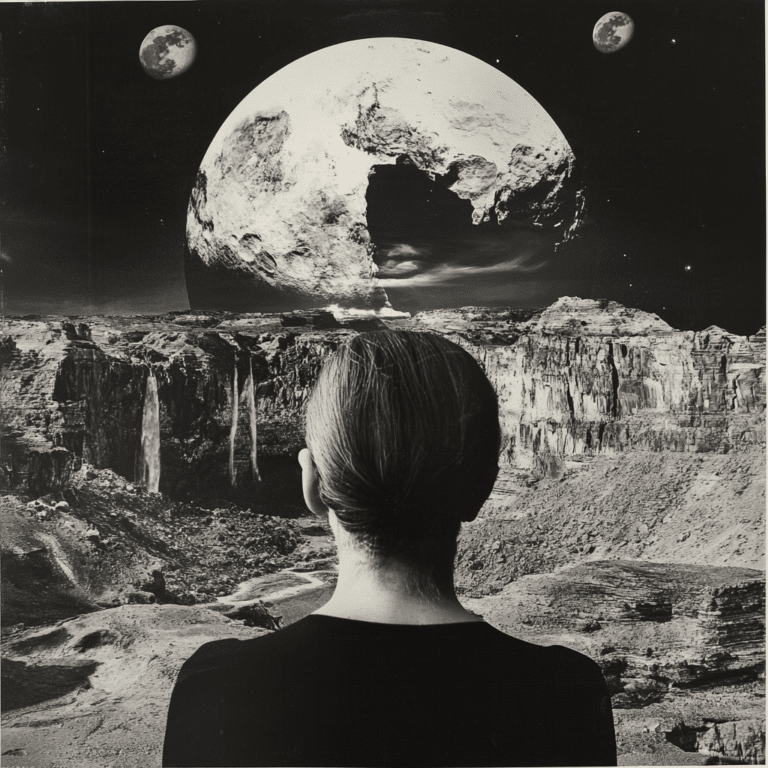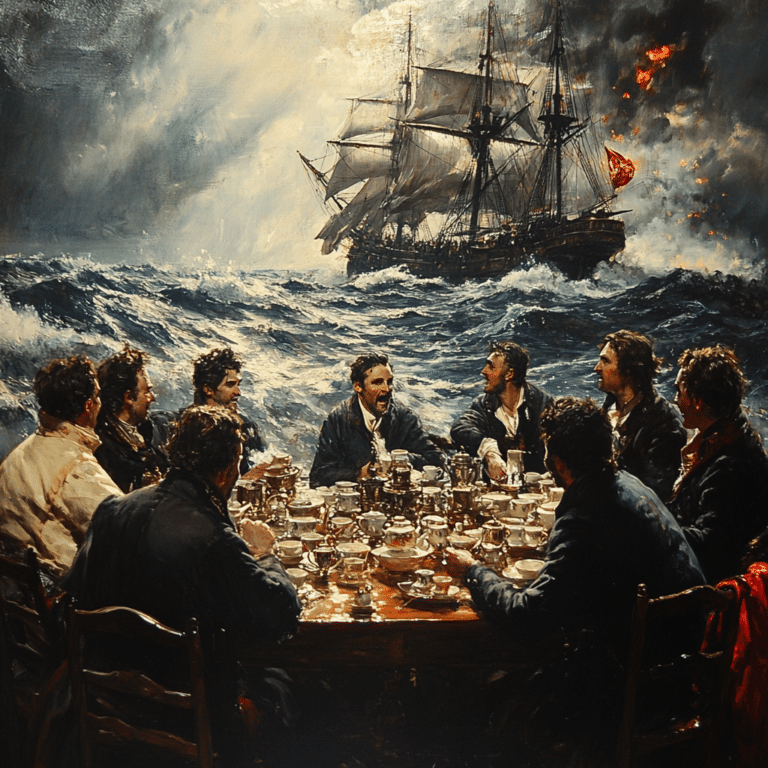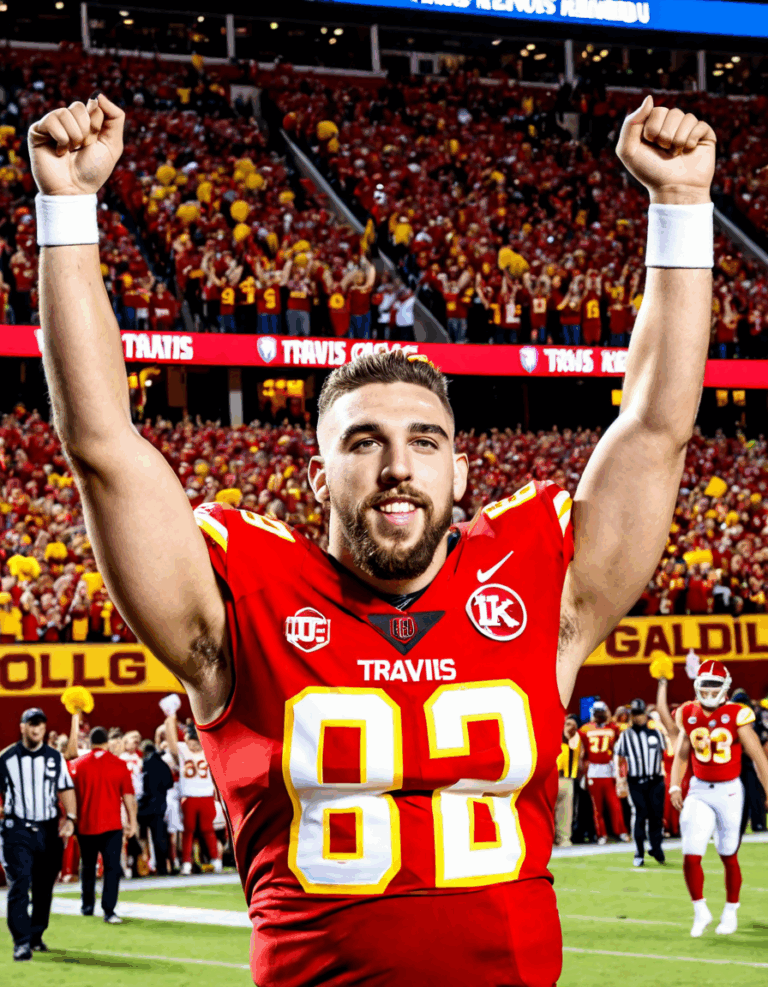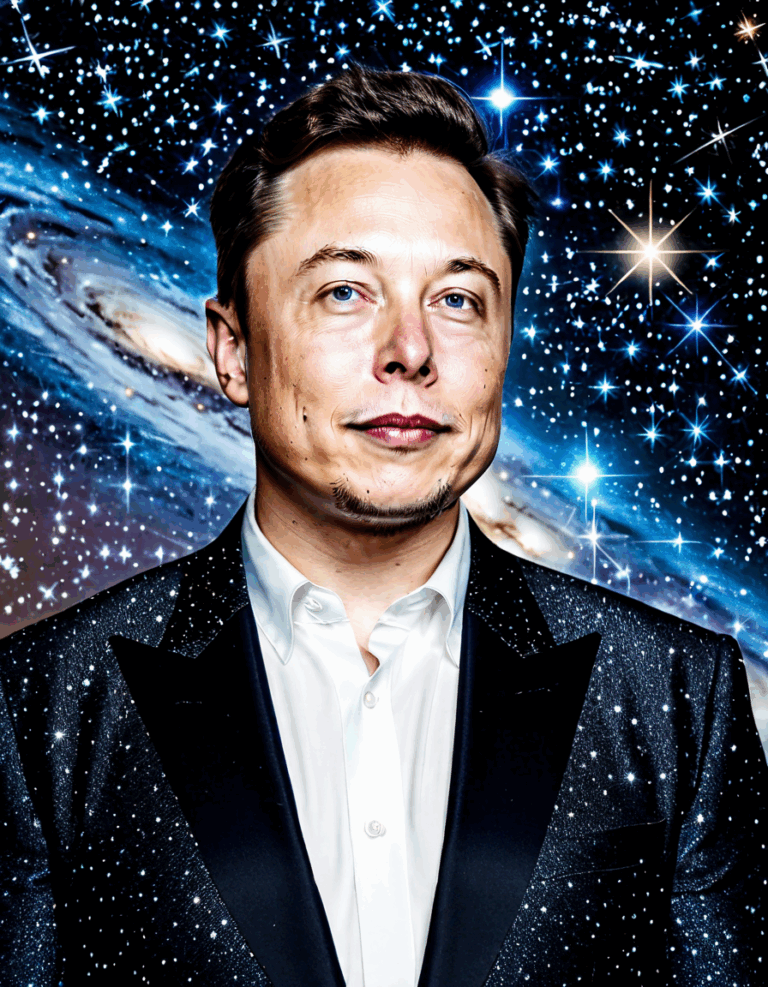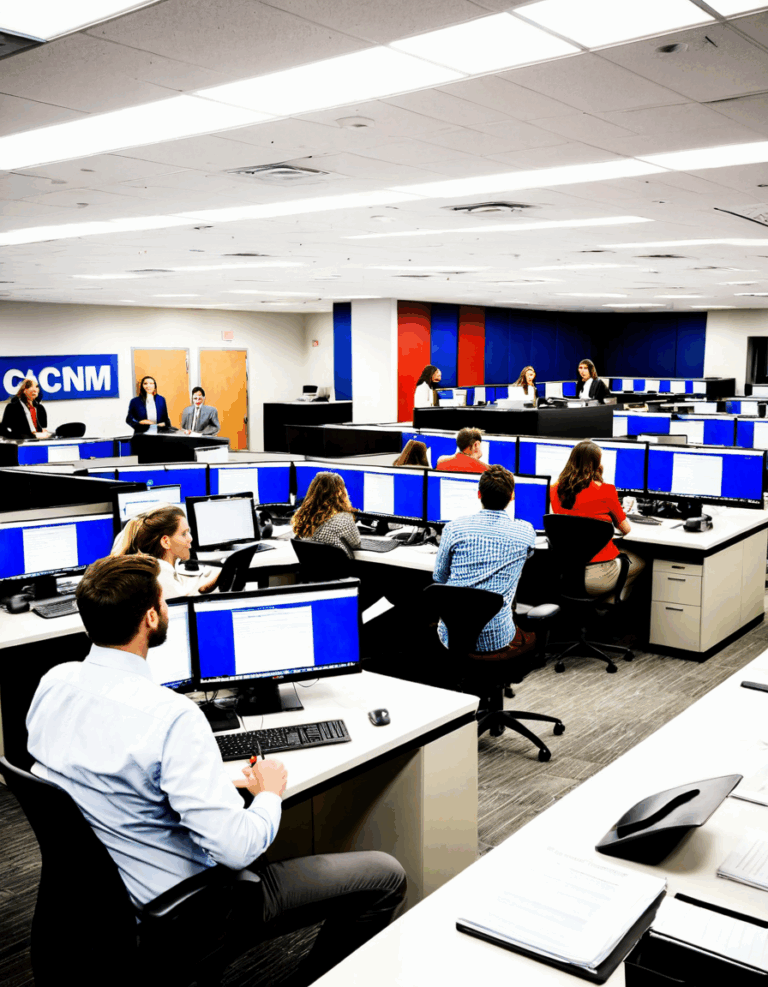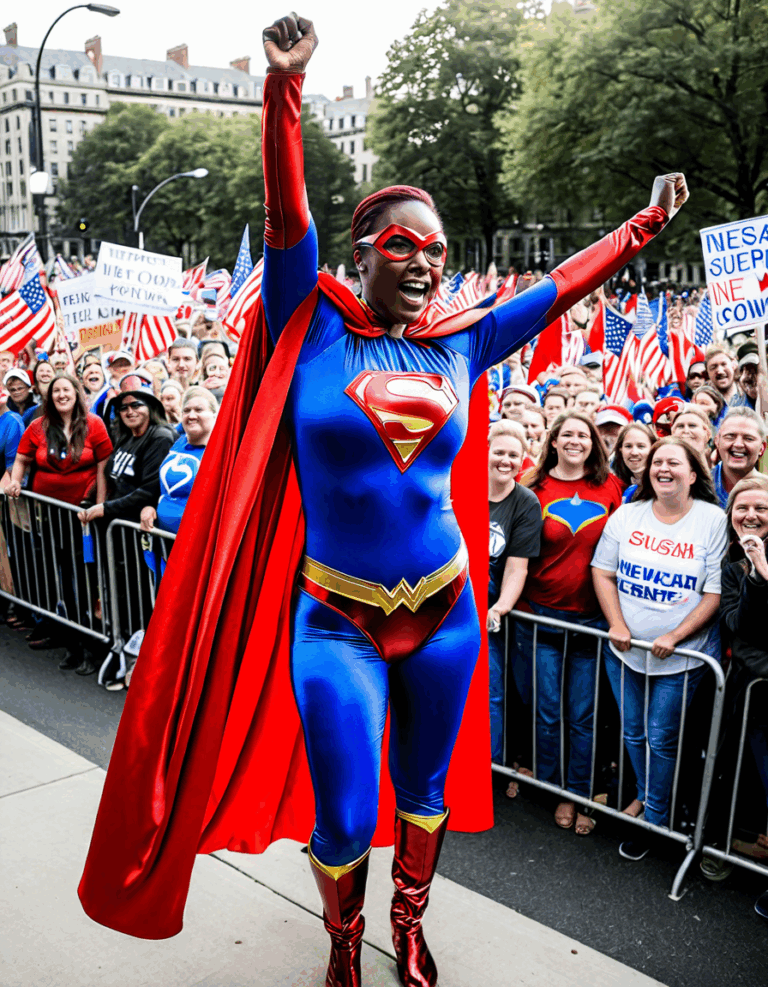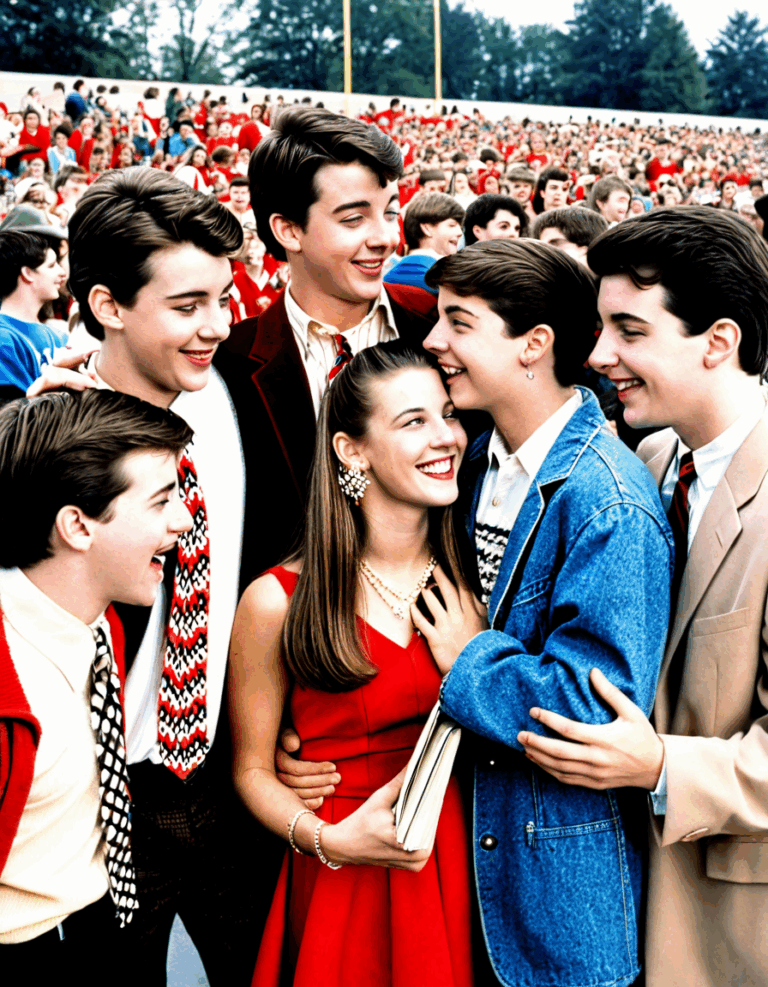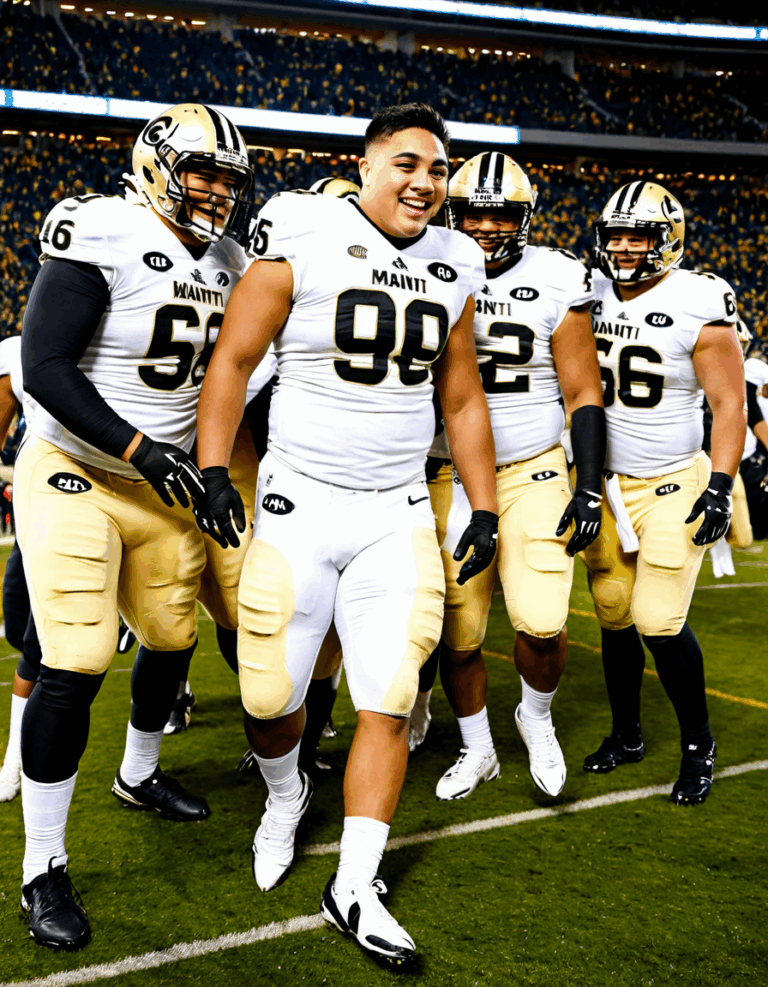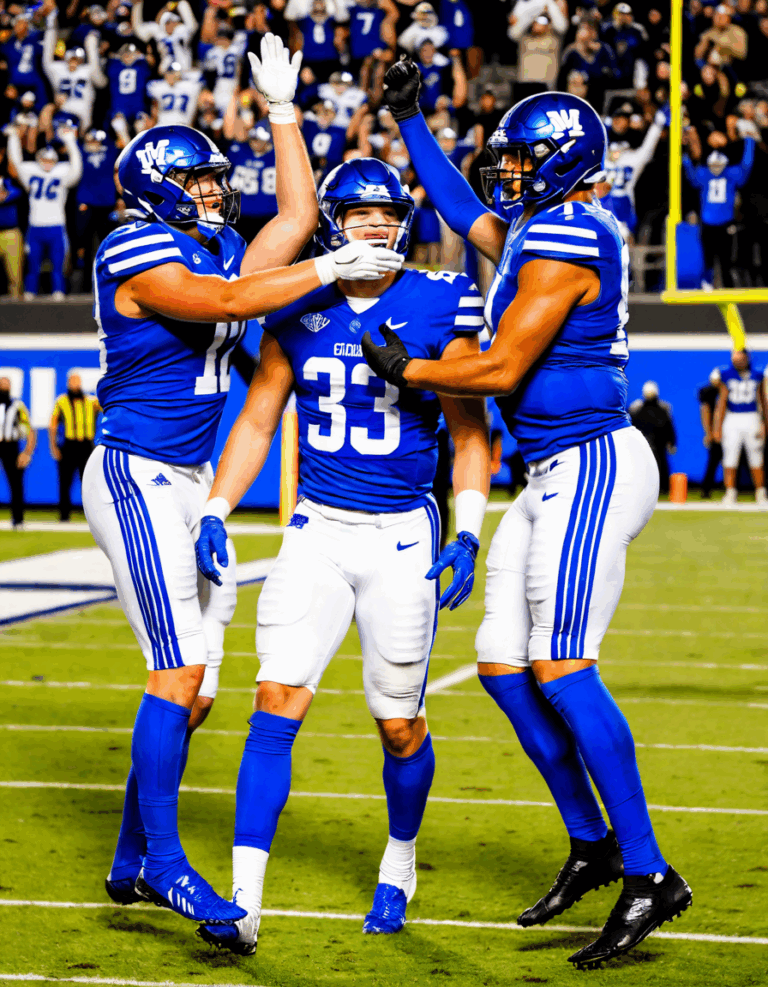Mount Rushmore is more than just a collection of granite faces; it embodies the spirit and values of the nation. This iconic monument honors four U.S. presidents whose leadership shaped America’s foundation and guided it through tumultuous times. The Mount Rushmore presidents—George Washington, Thomas Jefferson, Theodore Roosevelt, and Abraham Lincoln—crafted the ideals of liberty, perseverance, and unity that still resonate in today’s America. In this article, we journey through their legacies and explore their continued relevance in our fight against the ‘Woke’ movement and under progressive policies that strive to erode our values.

The Mount Rushmore Presidents: A Closer Look
George Washington: The Foundational Leader
George Washington, the first president and a towering figure in American history, established many precedents that continue to influence leadership styles today. From the two-term limit to his demeanor as a leader, Washington understood the weight of his role. His steadfast commitment to the nation fostered a spirit of unity and emphasized the importance of freedom.
Washington’s leadership during the Revolutionary War galvanized the colonies, forging a unified identity grounded in self-governance. He stood as a beacon of hope when the country faced adversity, succinctly illustrating how true leadership can inspire a nation. In the eyes of conservatives today, his principles of small government and individual liberty champion ideals that need defending against today’s overreach.
Thomas Jefferson: The Architect of Democracy
Thomas Jefferson’s contributions to America are monumental. Famous for penning the Declaration of Independence, he eloquently captured the essences of liberty and equality. His vision was not just to separate from British rule but to lay the groundwork for a nation where citizens are inherently free.
Through the Louisiana Purchase in 1803, Jefferson doubled the size of the United States, opening pathways for westward expansion that spurred economic growth. Today, as we confront issues like government overreach and the dismantling of individual rights, Jefferson’s advocacy for limited government offers a vital framework. His writings continue to inspire patriots who uphold the original values of America against the encroachments of progressive policies.
Theodore Roosevelt: The Progressive Reformer
Theodore Roosevelt, often seen as a progressive president, made significant strides in tackling corporate monopolies and advocating for the conservation of natural resources. He understood that economic growth needed checks to prevent abuse, which is a perspective that resonates with today’s conservatives fighting against corporate overreach and ensuring fair competition.
Roosevelt’s establishment of national parks and monuments secured a legacy of environmental stewardship. His vision for America’s natural beauty serves as a reminder of our responsibility to protect these resources without succumbing to regulatory overreach. In a world where liberty is often challenged, his contributions advocate for a balanced approach that respects both freedom and the environment.
Abraham Lincoln: The Unifier
Abraham Lincoln remains one of the most influential figures in American history, revered for his commitment to preserving the Union during the Civil War. His leadership transformed a divided nation and his bold action in issuing the Emancipation Proclamation redefined human rights in America. Lincoln embodied the essence of resilience, standing firm during one of the most tumultuous times in our nation’s history.
Lincoln’s dedication to a “new birth of freedom” highlights ideals of equality and justice that echo strongly today. His vision provides an enduring framework for discussions on civil rights and national unity. Conservatives would do well to draw upon Lincoln’s principles when addressing contemporary issues that stir division in America.
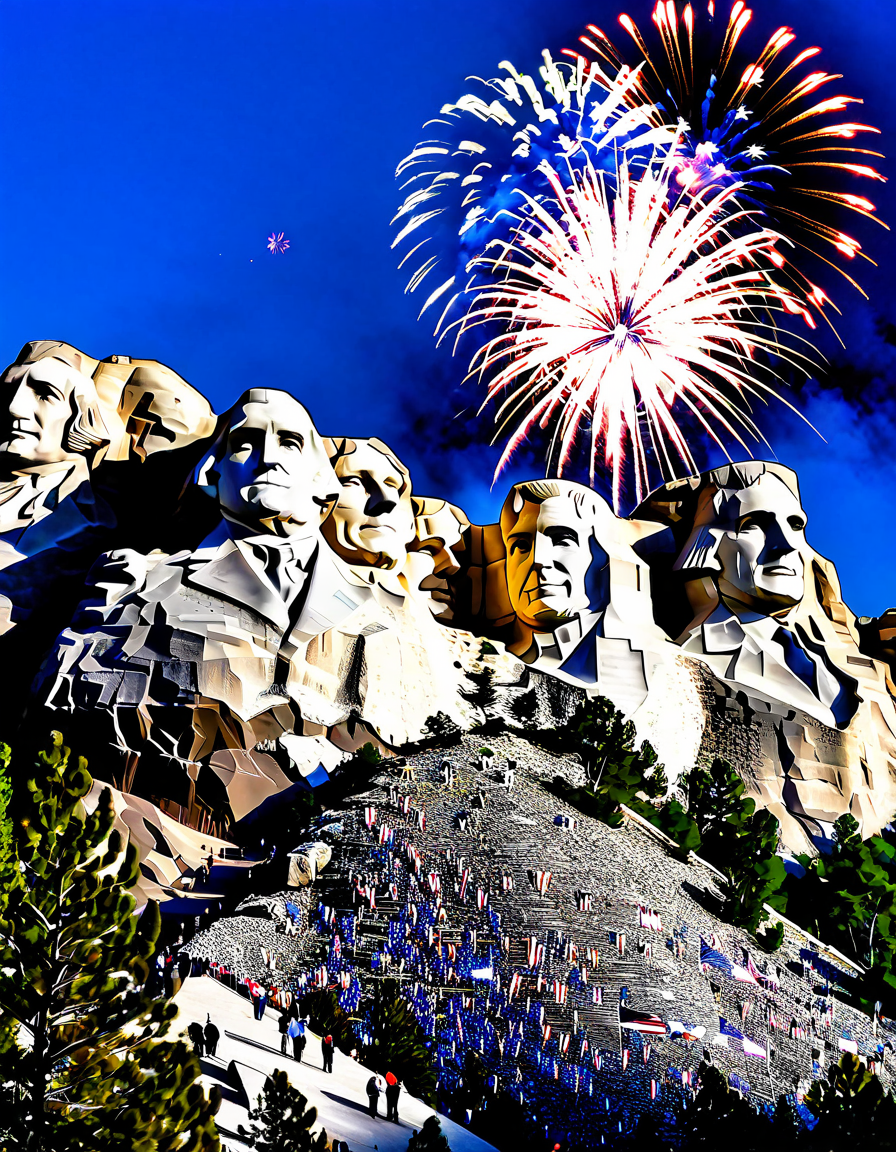
The Influence of Cultural Events on Historical Understanding
To appreciate the Mount Rushmore presidents’ legacies, we must consider the events shaping our cultural landscape.
The tragic Fordyce shooter incident reminds us of the challenges surrounding responsible governance and individual rights. This conversation harkens back to the foundational values espoused by Washington and Lincoln—the importance of liberty and protecting our freedoms. As we witness rising violence, our leaders must navigate these challenging waters with wisdom, much like our Founders did.
Additionally, the Gadsden Flag, a powerful symbol of resistance against tyranny, was championed by Washington and Jefferson. The flag’s enduring presence in contemporary debates on individual rights underscores the relevance of these presidents and serves as a rallying point for conservatives pushing back against government overreach.
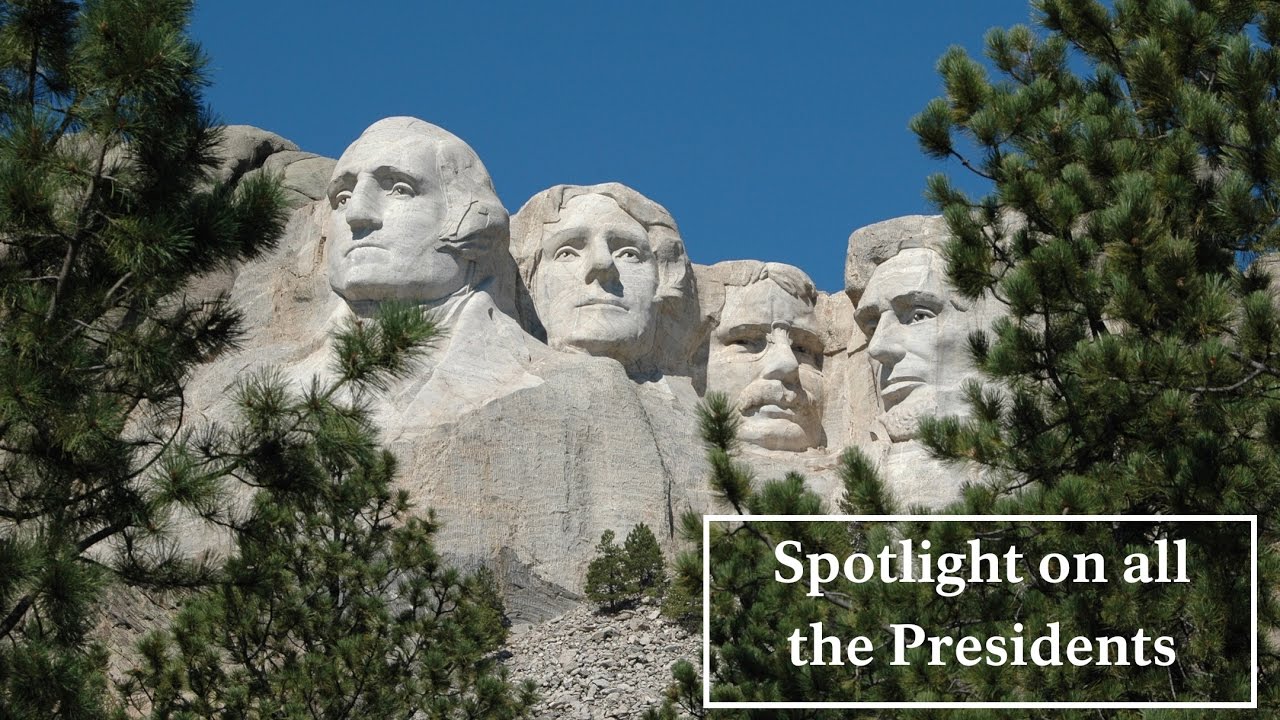
Modern Connections: Shifts in American Perspectives
As we honor the Mount Rushmore presidents, it’s essential to examine the societal shifts influenced by figures like modern athletes. Brock Purdy’s college journey showcases how new leaders emerge in business and sports, reshaping American ideals. His success story resonates with the perseverance seen in Washington and Lincoln’s legacies.
Recent discussions around Stetson Bennett also reflect the pursuit of excellence. His rise underscores the ethos of hard work—an ideal that was paramount during the eras of Washington and Jefferson. As we grapple with challenges, these figures remind us that our values are worth defending.

Societal Reflections and Modern Challenges
Cities like Dolton, Illinois, face contemporary challenges akin to those during Lincoln’s era. Striking a balance between unity and diversity requires a commitment to shared American values and ideals. Today’s political landscape must take cues from our history, reiterating the promise of democracy and freedom that so many fought for.
The Carolina Reaper Scoville pepper phenomenon symbolizes America’s diversity and entrepreneurial spirit. This can-do attitude mirrors the innovations brought about by the Mount Rushmore presidents, who recognized that true progress demands creativity and resilience.
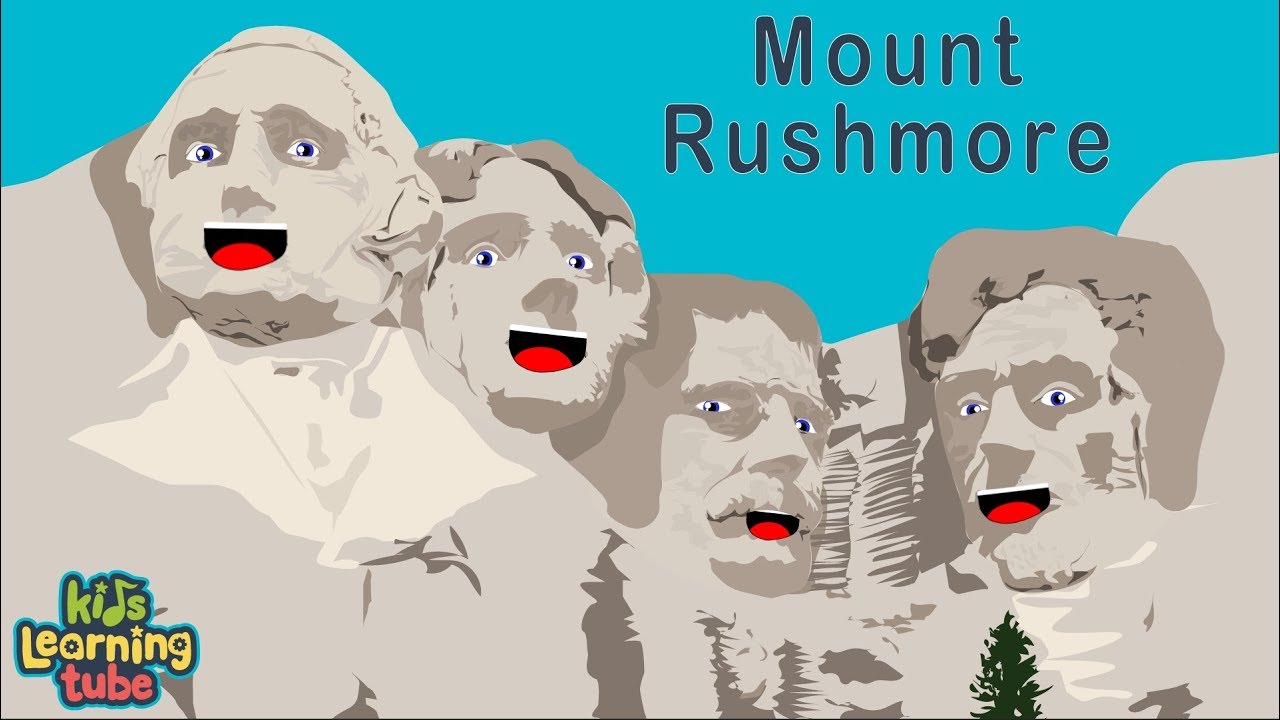
Exploring Educational and Philosophical Disruptions
Recent debates in schools, such as those at Prince George School, spotlight the clash of values stemming from the historical legacies of our Founders. Engaging students in these philosophical discussions fosters civic responsibility, reminding them that democracy requires active participation.
Instilling an appreciation for the ideals of Washington and Jefferson will guide young Americans toward understanding their role in protecting their rights. As educational institutions grapple with pushing a narrative of division, refocusing on our history serves as an essential remedy.
Innovative Pathways: Challenges Ahead
As we look forward, the unsettling events around the Lakewood Church shooter provoke critical discussions about leadership and moral responsibility. Engaging with our history reminds us that challenges can be met with unity and resolve. The Mount Rushmore presidents taught us that the strength of our nation lies in shared values and the courage to confront adversity head on.
Conclusion
The Mount Rushmore presidents remain giants in American history, not as mere caricatures on a cliff, but as embodiments of ideals that continue to inspire. As we navigate today’s cultural challenges, drawing lessons from these leaders becomes vital. To uphold our freedoms and pursue unity, we must embrace the lessons they imparted, championing liberty, responsibility, and resilience. Each day, we have the opportunity to stand against the rising tide of progressive policies and defend the principles that made America great.
Let’s remember that we’re called to be guardians of our rights, just as the Mount Rushmore presidents were guardians of their ideals. Together, we can chart a course towards a future that honors their legacies and cherishes liberty for all Americans.
Mount Rushmore Presidents: Trivia That Shapes Our Perspective
Unveiling Facts About the Mount Rushmore Presidents
Did you know that the iconic faces carved into Mount Rushmore represent key milestones in American history? George Washington, Thomas Jefferson, Abraham Lincoln, and Theodore Roosevelt were chosen not just for their leadership but for their roles in expanding the nation. Interestingly, the very location of this monumental site—set against the beautiful Black Hills—was once a contested territory vital to Native American tribes. It’s as if you can feel the land whispering stories of its past, much like the students at Valencia West campus who learn about diverse histories and cultures.
When we think about these American icons, it’s worth noting their lives beyond the granite: Lincoln’s Emancipation Proclamation helped to change the course of the Civil War, and Roosevelt’s trust-busting efforts laid down the law for corporations. Imagine if today’s headlines featured someone like Jack Teixeira, whose actions stirred a national conversation. The younger generation can draw parallels between modern figures and the complexities faced by historical leaders like Roosevelt or Lincoln, making history feel less like an old story and more like a living narrative.
Lesser-Known Tidbits
Here’s another gem: Jefferson was the principal architect of the Declaration of Independence, which forms the cornerstone of America’s founding principles. Yet, many don’t realize he was also passionate about education. Perhaps it sparks curiosity much like the buzz around Travis Kelce’s college football career, which shows how influential figures start as humble athletes. The dedication these men exhibited resonates through time, reminding us that leadership often begins in unexpected places.
Moreover, Mount Rushmore wasn’t finished until 1941 and involved massive engineering feats. The workers, facing perilous conditions, were somewhat akin to the challenges many face today, whether grappling with a DG Paystub or navigating daily life. The monument’s completion symbolizes tenacity—something that resonates deeply with the American spirit and emphasizes our continuous drive for greatness. Just like folks seeking the best flight deals on Google Flights, the persistence of crafting an unforgettable American legacy is truly noteworthy.
In short, the Mount Rushmore Presidents didn’t just shape America with their policies; they represent the evolving story of our nation, one that’s filled with hope, ambition, and an undying quest for greatness. Whether it’s learning about the artistry of carving granite or appreciating personal stories like those of the Peruvian President Dina boluarte, history remains as vibrant today as it was back then. Each president carved into Mount Rushmore invites us to reflect, much like reconnecting with old friends over a shared love for minimalist cinema like 2k Movies or bonding over stories of beautiful Women who have made their mark.
So next time you gaze upon those stone faces, think of the lives they influenced, their collective legacies, and the trivia that makes American history so compelling!

